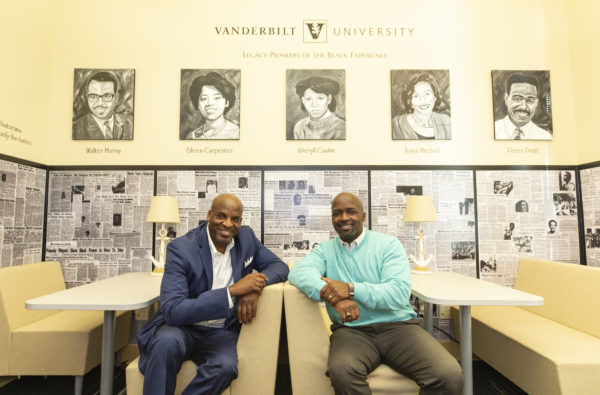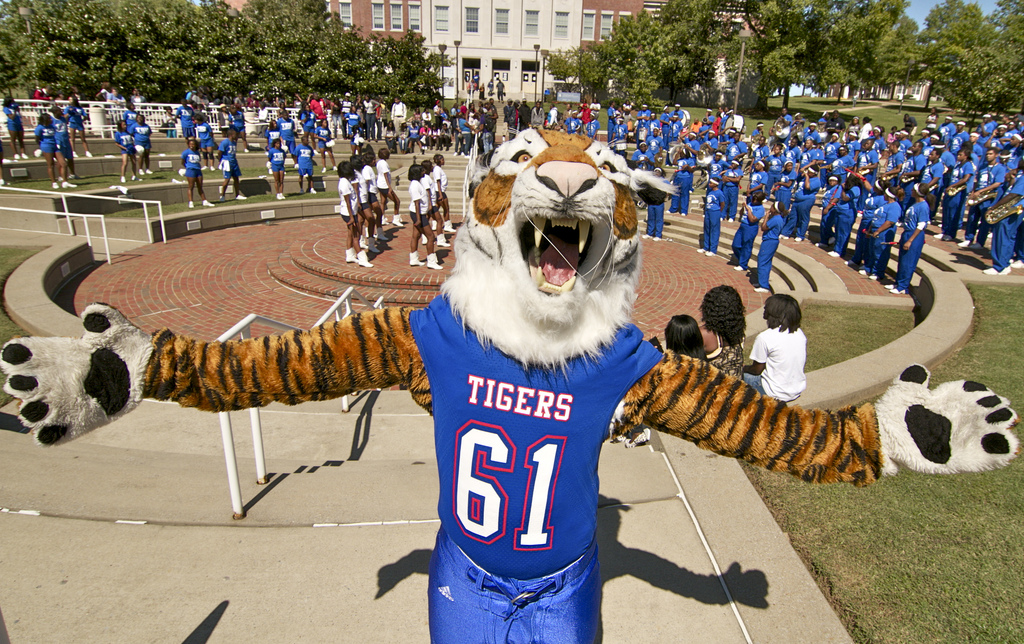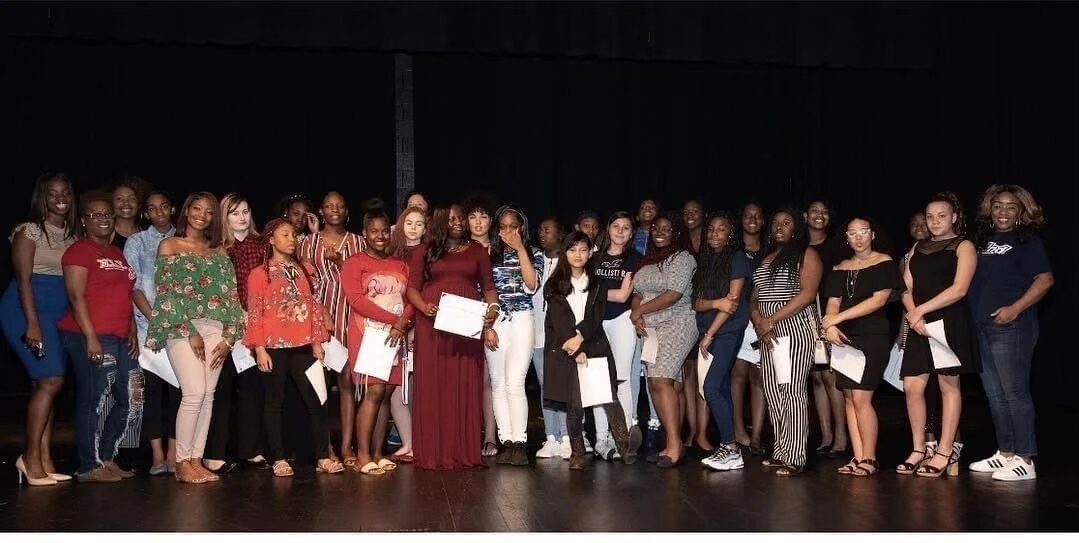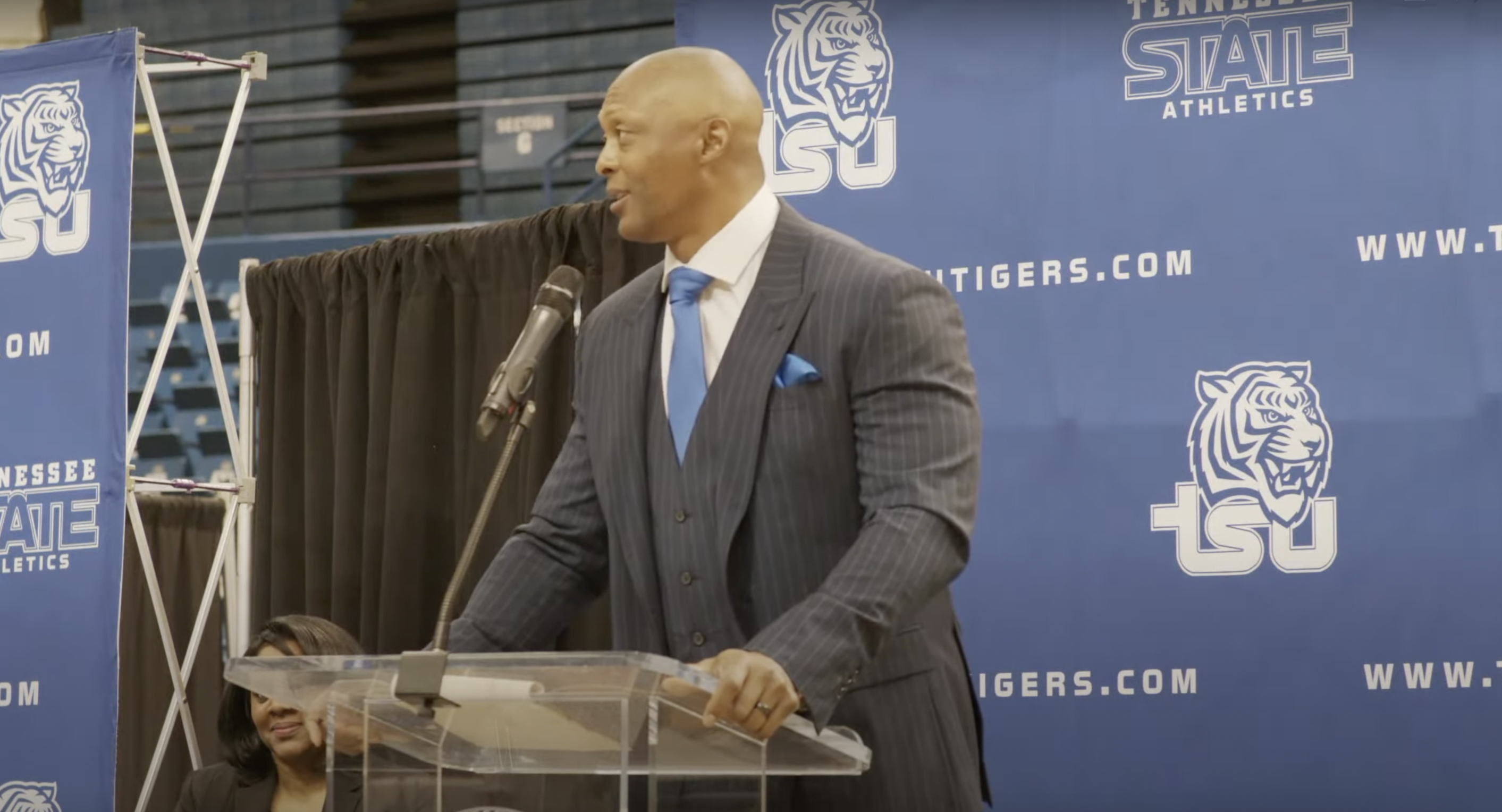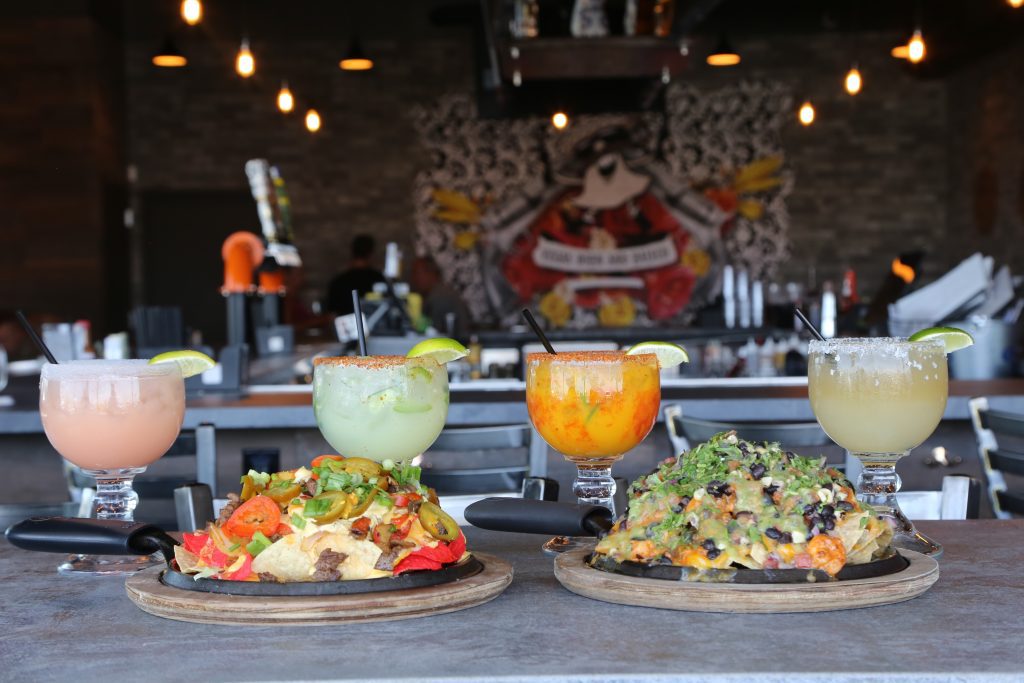Nashville Voice
People from Vanderbilt present and past who have made Vanderbilt a more inclusive space for black students, faculty and staff are the subjects of 10 new portraits unveiled by the Bishop Joseph Johnson Black Cultural Center Oct. 10.
The ten Legacy Pioneer Portraits, which were painted by critically acclaimed visual artist James Threalkill, a 1979 Vanderbilt alum, will hang in the Study Lounge inside the Black Cultural Center.
“This project is about helping the Vanderbilt community to see, understand and appreciate the black history of the university and those who helped shape that experience for the better,” said Rosevelt Noble, assistant dean of students and director of the Black Cultural Center. “It’s important for students who frequent the Black Cultural Center to realize that a lot of people made significant sacrifices to make their experience what it is today.”
Noble noted that this is just the first class of Legacy Pioneers and that there is much more to come. The portraits unveiled in the Black Cultural Center include:
- Rev. Walter R. Murray,
- Chancellor Nicholas S. Zeppos,
- Eileen Carpenter,
- Sheryll Cashin,
- Peter Pratt,
- Ray Winbush,
- Tonya Mitchell,
- Monica Peek,
- Akaninyene Ruffin; and,
- former Chancellor Gordon Gee.
The Legacy Pioneers initiative was inspired by the Lost in the Ivy project, which Noble established back in 2007.
Lost in the Ivy comprises hundreds of interviews and personal narratives on the African American experience at Vanderbilt, which includes faculty, staff, students, and alumni from across the university.
More than 500 interviews have been conducted to date and the project has brought to light many stories that for years remained untold.
The Legacy Pioneer initiative came to life when Noble repeatedly heard the stories told during the interviews about the lasting impact of particular individuals or events in improving the Vanderbilt culture.
Subsequent research through old newspapers, magazines and other artifacts confirmed the oral narratives and identified some individuals as pioneers for their enhancements to the black experience.

